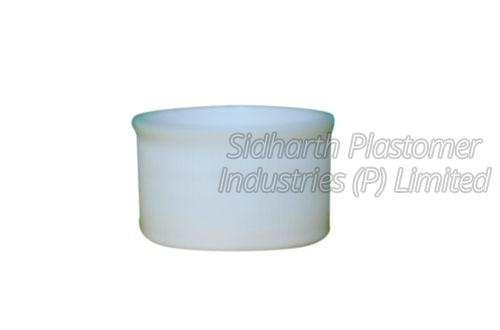-
mohitjainrke@yahoo.com -
08047016130 - Send SMS
- Send Email
- GST No. 05AAUCS4653A1ZB
Things To Know About Induction Sealing
Posted by Admin on June, 13, 2020

Have you ever thought about what an induction sealing is and how is it used in the product line? Take a glance at the information that is below to find out more about the methods and benefits of using an induction sealing system or an induction sealed cap.
What Is Induction Sealing?
The induction sealing process in the process that bonds a foil laminate inner seal to the lip of a container. After the condition is filled and capped with an induction sealing system. The non-contact heating process welds the liner to a container creating a hermetic seal. The FDA regards induction sealing to be an efficient method of evidence of tamper.
The induction lined caps provide you with a hermetic, tamper-evident seal and leak-proof when it is applied properly. Using an induction sealing system is right for extending the product time period, preserving freshness, preventing costly leaks and enhancing your product's value.
How does Induction Sealing work?
An induction sealing machine features two standard components: the facility supply and sealing head. The sealing head consists of a coiled conductor covered by a plastic housing. When the facility supply energizes the inductive coil, it produces an electromagnetic current, called an eddy current. The foil of the inner seal gets heated up when a container fitted with a cap passes through the current.
As a result of this, the outer polymer coating can melt. This generally forms a bond with the lip of the container. Therefore one should be choosing the right container, liner and cap material by selecting the simplest induction liner for your product which depends on several different factors like that of the container's application and material.
Choose the Right Cap, Liner And Container
There are two types of induction liners available, the one-piece and the two-piece construction. The one-piece type consists of a paper-backed or a foam backed foil laminate. After the process of selling is done, the whole liner is going to be far away from the cap.
A two-piece liner has a further wax layer and pulpboard layer. The heating process will melt the wax, which is absorbed into the pulpboard, releasing it from the foil liner. Still after the foil-lined is removed, the layer of the pulpboard remains inside the cap for improved revealing.
Plastic containers with continuous thread plastic caps produce the foremost consistent seal with the smallest amount of challenges. Some glass containers may have to be treated so as to properly accept an induction seal. Sealing with metal caps is feasible, but can pose several problems. Because the induction system heats the foil liner, it also heats the metal cap, which may remain hot for a short time. This will be a security hazard and will also melt the threads if used on plastic containers.
These were some of the things that one needs to know about induction sealing and a whole lot of process that is involved in it all over. You should get a good quality induction cap from the best induction sealed caps supplier India.
This entry was posted on June, 13, 2020 at 14 : 15 pm and is filed under Induction Sealed Caps. You can follow any responses to this entry through the RSS 2.0 feed. You can leave a response from your own site.
Search
Category
Recent Posts